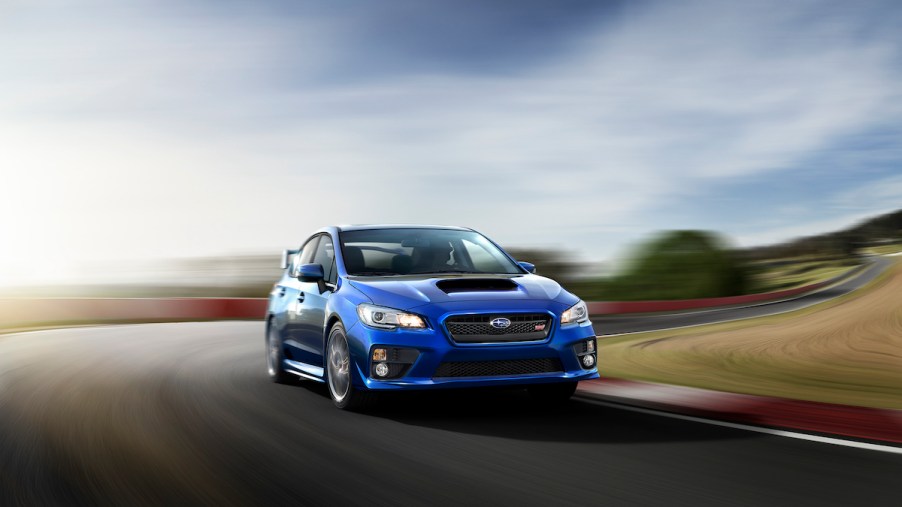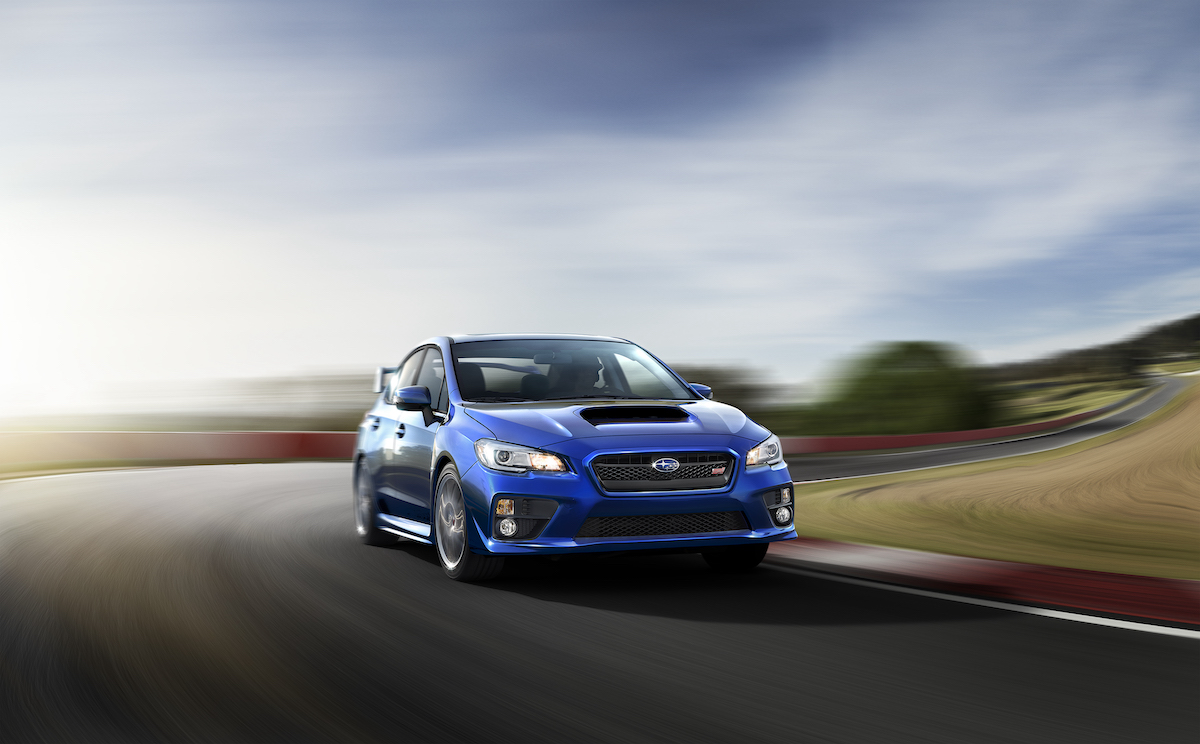
What Is Subaru’s Active Torque Vectoring?
A car’s systems contributing to a smooth driving experience aren’t obvious to the untrained eye. One such system is torque vectoring, providing additional handling control. Automakers can implement torque vectoring in a few ways, and some, such as Subaru, have branded systems. Here’s more about this system in general and Subaru’s Active Torque Vectoring.
What is torque vectoring?

According to J.D. Power, torque vectoring is an electronically controlled system that increases vehicle traction, handling around corners, and general stability by redistributing engine torque to individual wheels.
The wheels on both sides of a car rotate at the same speed when moving in a straight line, but the pace changes when the vehicle turns or corners. In a turn, the outer wheels cover a wider distance than the inner wheels in the same amount of time. Torque vectoring systems make up the difference by varying the torque applied to each wheel based on predicted grip and traction.
The most common forms of torque vectoring are as follows:
- Differential-based torque vectoring. This type combines an open differential with multi-pack clutches on both sides of the vehicle. It uses sensors to measure wheel speed and the car’s yaw (the movement around the vehicle’s y-axis that occurs when the weight shifts from the car’s center of gravity to one side). Often used in conjunction with all-wheel-drive (AWD) systems, the biggest downside to differential-based torque vectoring is its high cost due to the system’s complexity.
- Brake-based torque vectoring. By contrast, brake-based torque vectoring uses braking and stability control systems to deliver more cost-effective power to each wheel. That’s accomplished by applying the brakes to one of the wheels in a turn, reducing the speed to create a differential across the inside and outside wheels, ultimately increasing the car’s yaw. This system trades brake durability and speed for a higher level of stability.
- Electric torque vectoring. This newest form of torque vectoring will likely become more prominent as electric vehicles flood the market. This system provides individual control to each wheel by placing one electric motor on each wheel.
Subaru’s Active Torque Vectoring achieves the same result in a unique way
Active Torque Vectoring (ATV) is a relatively new Subaru system, part of the brand’s Vehicle Dynamics Control (VDC) system. It operates slightly differently from the other types of torque vectoring explained above.
According to Subaru, ATV employs pre-existing VDC equipment for better traction and steering response on slippery roads. When approaching a corner, the system applies the brake valves and distributes less torque to the inside wheels to provide more drive power to the outer wheel. That reduces the chances of understeering while giving the driver a heightened sense of control and a smooth ride, even in challenging conditions.
Which Subaru models have Active Torque Vectoring?
Torque vectoring is commonly associated with AWD systems, and those connections are reflected in the Subaru vehicles that feature Active Torque Vectoring.
According to Planet Subaru, Subaru’s ATV has been standard in the Outback, Legacy, WRX, and WRX STI since 2015. It has been an optional system in the Impreza and Forester since 2017.
Subaru has benefitted from employing this technology throughout its product line. The above vehicles have received positive reviews from experts such as Consumer Reports. One reason is the safe and comfortable driving experience that Active Torque Vectoring helps to create.


